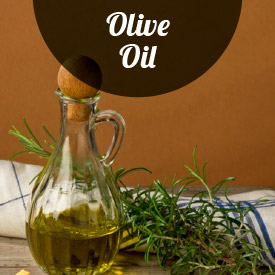You have no items in your shopping cart.
The Many Influences of Sicilian Cuisine
Can’t decide between French, Italian, Greek or Arabic food for dinner? How about Sicilian? A delicious mash-up of all of the above, Sicily’s cuisine reflects its rich history.
Greek
The Greek influence is particularly noticeable on the east coast of Sicily, where Greek settlers arrived in the 8th Century. They planted vineyards which were then used to create the now-iconic Sicilian wine, as well as olive trees, and introduced new ingredients such as honey, figs, walnuts and pomegranates.
Arabic
The Arabic rule of the island began in the 9th Century and stretched for almost two-and-a-half centuries, leaving behind its remnants in today’s culture and cuisine. The island’s signature citrus fruits were first brought over by the Arabs, as were ingredients such as buckwheat, almonds and saffron. The Arabic influence can be particularly seen in desserts, ranging from the famous gelato to candied fruits.
French
While the French rule of Sicily in the 1200s was relatively brief, it left a lasting impression on the local food. This is particularly prevalent in meat dishes, and was furthered during the 1900s, when many aristocrats employed French chefs in their kitchens. A number of traditional Sicilian dishes can be traced back to French roots or comparable counterparts.
Spanish
Spanish rule began in the 1400s and coincided with the Spanish colonisation of the Americas, which meant that a number of ingredients from the New World found their way into Sicilian cuisine. Cocoa, chilli, sweet peppers, maize and even turkey all became a key part of local dishes, along with the Sicilian staple, tomato.
All of that and, of course, a hearty helping of Italian. That’s what we call world food!

 Free UK Delivery
Free UK Delivery





